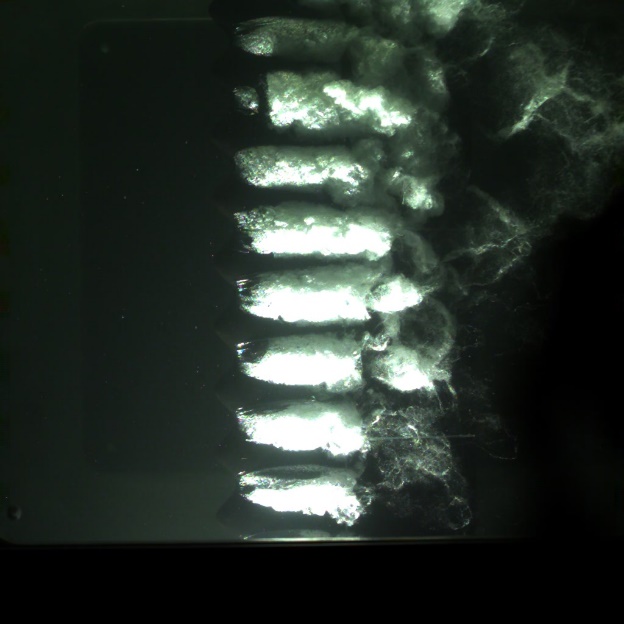Çalışma Özeti
The related staffs: Prof. Dr. Uğur Oral Ünal, Prof. Dr. Emin Korkut, Arş. Gör. Selahattin Özsayan, Arş. Gör. Erdinç Kara, Arş. Gör. Mehmet Delikan.
This study explores how leading-edge tubercles and surface corrugations influence cavitation behavior and noise generation in twisted hydrofoils. ITU Cavitation tunnel (ITUKAT) experiments were carried out on a baseline NACA0015 hydrofoil and two modified versions derived from the baseline geometry, incorporating tubercles on the leading edge and corrugations on the surface.Using high-speed imaging and hydrophone measurements, it was observed that the tubercled model effectively reduced both cavitation extent and noise levels across a wide range of conditions. Meanwhile, the corrugated model showed slightly larger cavity formations and longer cavitation periods. In addition to industrial collaborations, this project reflects ITUKAT’s continued dedication to academic research and scientific advancement in marine hydrodynamics. The findings provide valuable insights into how nature-inspired design strategies can improve hydrofoil performance under cavitating flow conditions.The outcome of this study is shared below.
Çelik, F., Usta, O., Öksüz, S., Delikan, M., Kara, E., Özsayan, S., & Ünal, U. O.(2025). Experimentalinvestigation of leading-edgetubercleandsurfacecorrugationeffects on cavitationandnoise in partiallycavitatingtwistedhydrofoils. Ocean Engineering, 324, 120646. https://doi.org/10.1016/j.oceaneng.2025.120646


